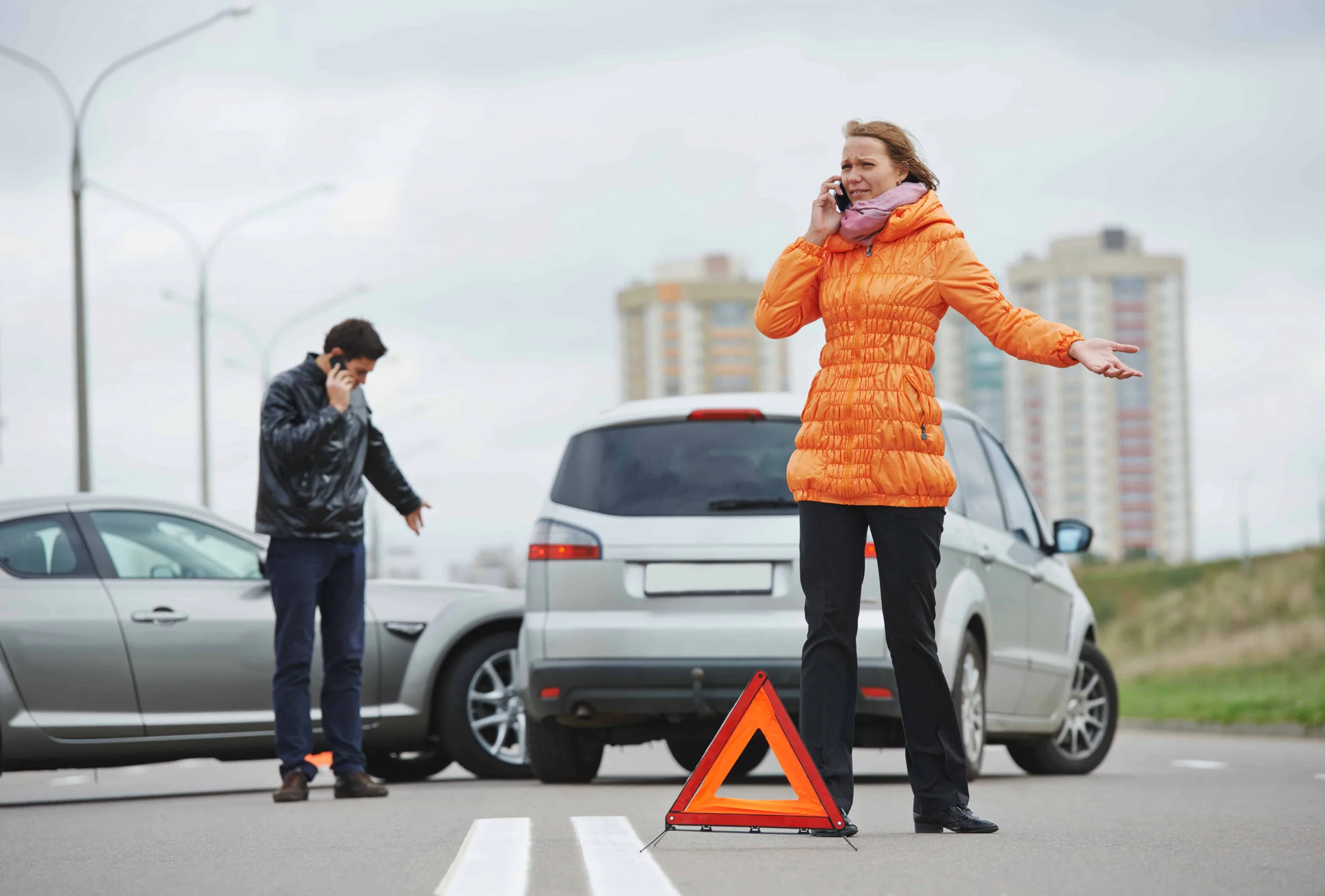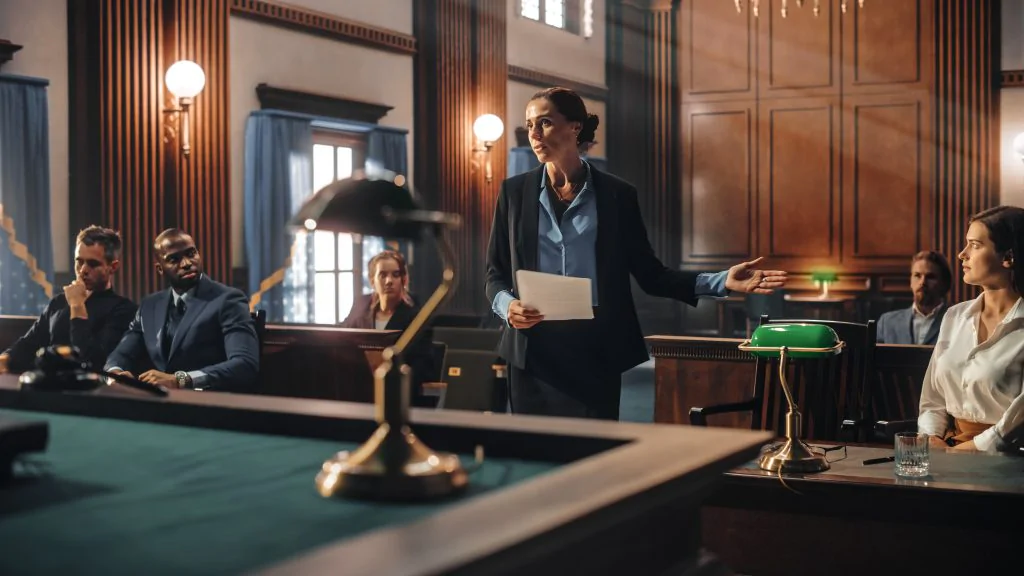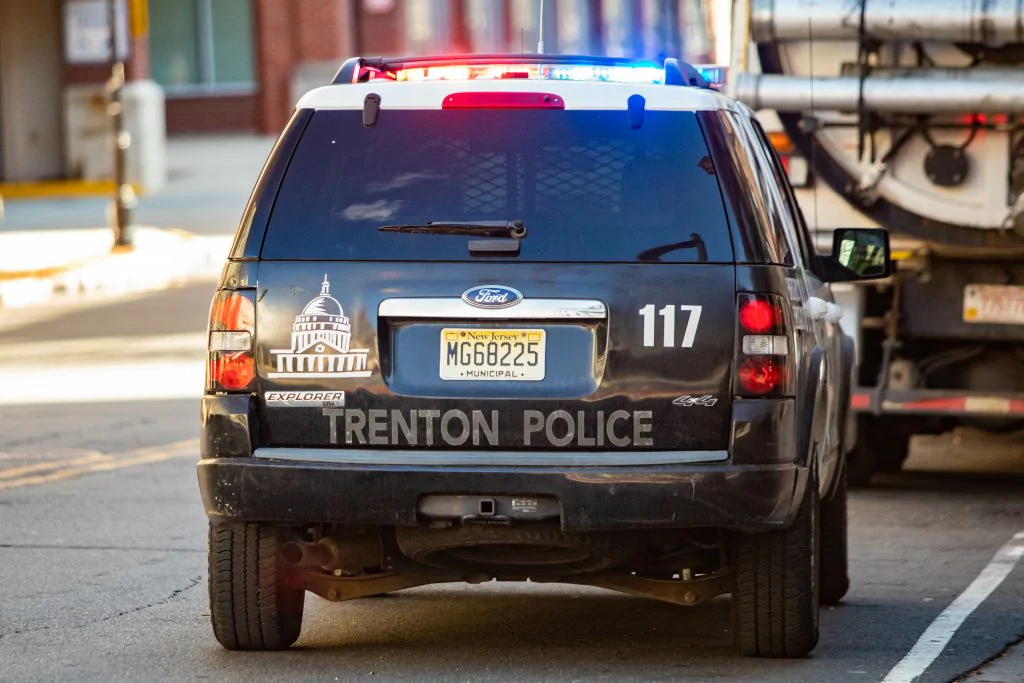Car accidents can happen in an instant, and there’s always a lot to do in the immediate aftermath. You have to make sure you and the other driver are safe, get away from your vehicles if there is further danger, contact the authorities and each other’s insurance companies. Once the dust has settled, your next objective will be to determine who is at fault for the accident.
This is a much more complex task than one might think. Determining out who’s at fault for your car accident (and consequently, who will pay for some or all of the resulting damages) can be tricky, particularly if the other person believes it’s your fault. The authorities, including companies and sometimes courts, determine who’s at fault for any given accident. Knowing how they do so can make a big difference in the personal and financial outcomes of a car crash.
New York: A No Fault State
The most important thing to know is that New York is a “no-fault” state, meaning that its law mandates that insurance companies on all sides of an accident are typically required to pay some percentage of the damages and personal injury costs associated with a car accident—regardless of who is determined to be responsible. So, most people don’t end up paying out of their own pockets for car accident damages, as long as they are properly insured. The only exception to this is when personal injuries or accident damage is truly catastrophic or can be proven to be punitive.
However, it’s still important to prove that an accident wasn’t entirely or primarily your fault. Your insurance premiums may increase more if you are at fault. Plus, your driving record can be preserved. Protecting yourself by filing a personal injury case can also help you pay for any relevant damages, medical costs and lost wages you may have suffered due to your injuries.
Most Common Causes of Car Accidents in New York
Car accidents–and the cause behind them–can happen for lots of reasons. Here’s a list of common car accident causes related to the top accident types in New York state during 2014, a typical year.
- driver inattention or distraction: 48,774
- following too closely: 44,219
- failed to yield right-of-way: 40,099
- unsafe speed: 27,859
- improper lane usage: 13,589
- backing unsafely: 11,093
- turning improperly: 10,119
- driver and experience: 5,457
- failure to keep right: 4,842
- aggressive driving: 1,445
- passing too closely: 1,431
- headlights defective: 58
- tinted windows: 32
All injury data is gathered from the New York State Department of Motor Vehicles 2014 report.
How Fault Can Be Determined for a Car Crash
There are several sources of evidence or methods police and other authorities use to determine who might be at fault for a car accident. If you or someone you know was recently in an accident, you can also use several of these sources to help determine who may be held liable for the incident.
Eyewitness Accounts
The first and most obvious source of evidence used to determine liability for car accidents comes from eyewitness accounts. These sources include you, anyone else involved in the accident, and anyone who may have been passing by and is willing to provide information on what caused the accident.
However, eyewitness accounts are frequently contradictory, and human memory is known to be suspect at best. Eyewitness accounts are usually used in car accident cases to corroborate other examples of evidence rather than as absolute proof of fault.
Physical Evidence
Physical evidence helps police and other levels decision-makers determine who’s at fault based on tangible evidence from the scene of the accident. Physical evidence can take the form of markings on either vehicle, markings on the road, a pattern of scattered debris, and blood spatters.
Physical evidence can also manifest as injuries. When someone is injured in an accident, the type of injury and its severity can help investigators gather where the victim’s car was impacted and determine whose account of events is likely correct.
Driving Records
The last major source of evidence may be the driving records of everyone involved. While prior performance is not a guarantee of future behavior, it can be telling and is frequently incriminating. Driving records can help support claims of innocence or accusations of bad driving.
As an example, most car accidents occur because of negligence on the part of one party or both. Negligence can be more easily argued if one party has a bad driving record and has a history of similar accidents, or considered unlike if the driver in question has an excellent record. Because negligence is often used to determine fault in personal injury car accident cases, proving negligence through available evidence is key if you want to determine who’s to blame.
Evidence can also disprove negligence. Some accidents occur because of road conditions, improper maintenance, or other factors. Skilled legal representation who understands the intricacies of car accident law can help you prove you were either not to blame or only partially responsible.
Who is at Fault for Your Traffic Accident?
Parking Lot Accidents
Determining who’s at fault in a parking lot accident is often an exercise in determining the degree of fault because, often, both drivers share some responsibility. In general, drivers in the traffic lane – that is, already moving down the main pathway of the parking environment – have the right-of-way in all situations compared to cars that are parked or at a standstill.
Thus, drivers who are in a parking lot and who back out into an oncoming car are usually at fault. Some exceptions apply—for example, if the driving vehicle was moving too fast or if the person who had right-of-way was being negligent with their attention.
T-Bone Accidents
T-bone accidents occur when one car hits the middle of another, forming a temporary “T-bone” shape. These accidents usually happen at stoplights or other intersections when one party ignores a traffic sign or signal. The fault for such an accident lies with the driver who overstepped, not the driver who didn’t react fast enough.
In most cases, knowing who had the right-of-way is key to winning a T-bone accident case. Those who did not have the right of way are typically found to be at fault. Exceptions are very rare. Circumstances that require a driver to move involuntarily can mitigate blame, such as when a driver swerves into traffic in order to avoid debris, or an animal. Evidence from the scene including surveillance footage of the intersection at the time of the accident is sometimes used to prove which vehicle had the right of way.
Rear-End Collisions
Most frequently, the rear vehicle is found responsible for causing a rear-end collision. However, there are certain conditions in which the vehicle in front may be found negligent, including a scenario in which the front vehicle was stopping short out of spite. Even though such accidents are normally straightforward, having an attorney is important to either party. Whether you are seeking to file a lawsuit against another negligent driver, or you’re the one being sued, hiring a rear-end accident lawyer is essential to represent your interests.
Lane Change Accidents
The cause of lane change accidents are usually determined by whoever was actually changing lanes, rather than the driver who was impacted while remaining in their lane. New York law holds drivers responsible for checking to see if a lane is clear before they move. Even if another driver speeds up quickly and momentarily moves into a lane-changer’s blind spot, the driver moving from one lane to another will often be found at fault.
There are some exceptions to this that may find the vehicle changing lanes less responsible or not to blame at all, including:
- If the driver not changing lanes does not have their lights on at night or in foggy conditions
- If the driver not changing lanes was driving too fast for the conditions of the road
- If the driver staying in their lane sped up or slowed down while the other vehicle was in the process of changing lanes, intentionally preventing them from merging safely
Hit-and-Run Accidents
Hit-and-run accidents occur when a driver involved in a traffic accident flees the scene before insurance or other identifying information can be exchanged, and documented in a police report. It can be virtually impossible to prove that you aren’t at fault in a hit-and-run accident if you flee. There is a reasonable presumption of guilt on the part of a fleeing party. Plus, unless a driver remains at the scene he can’t gather evidence or have a dialogue with the other driver.
But the fleeing driver’s blame is not absolute. If you are the victim of a hit-and-run driver, calling the police immediately and getting them on the scene to collect physical evidence is the best way to prove that you are not at fault. You can also provide them with any identifying information you did collect, like the make and model of their vehicle. This may enable them to track down the other driver, and prove his or her negligence, if you wish to file a lawsuit.
Reversing Out of a Driveway
When a vehicle backing out of a driveway collides with someone driving past them, it’s almost always the vehicle in reverse that is held liable for the accident. It is considered the responsibility of any driver backing up to make sure the coast is clear before engaging their vehicle. The driver in the traffic lane has the right of way.
The only exceptions to these cases or situations where the driver already on the road is going irregularly fast or slows down irresponsibly in the path of the reversing driver. Furthermore, negligent driving on either party’s part may prove fault to some extent.
Contact a New York Car Accident Lawyer
As you can see from the plethora of cases above, figuring out who’s responsible for damage, and proving that you aren’t at fault in your car accident case can be complex and difficult. Not only do you need to gather some evidence yourself, but you may need to work with authorities to make sure that the proper evidence is seen in court and the person truly responsible for the accident is brought to justice.
At Sobo & Sobo, our car accident lawyers have decades of experience in virtually every type of vehicle accident. We’ve also won thousands of cases. So, asking one of our experienced lawyers for guidance or to look over your case is the best decision you can make, as soon as you’ve contacted your insurance company.
Don’t hesitate to give us a call or fill out one of our contact forms and one of our representatives will get in touch right away.
Contact
Phone Number: 855-468-7626




